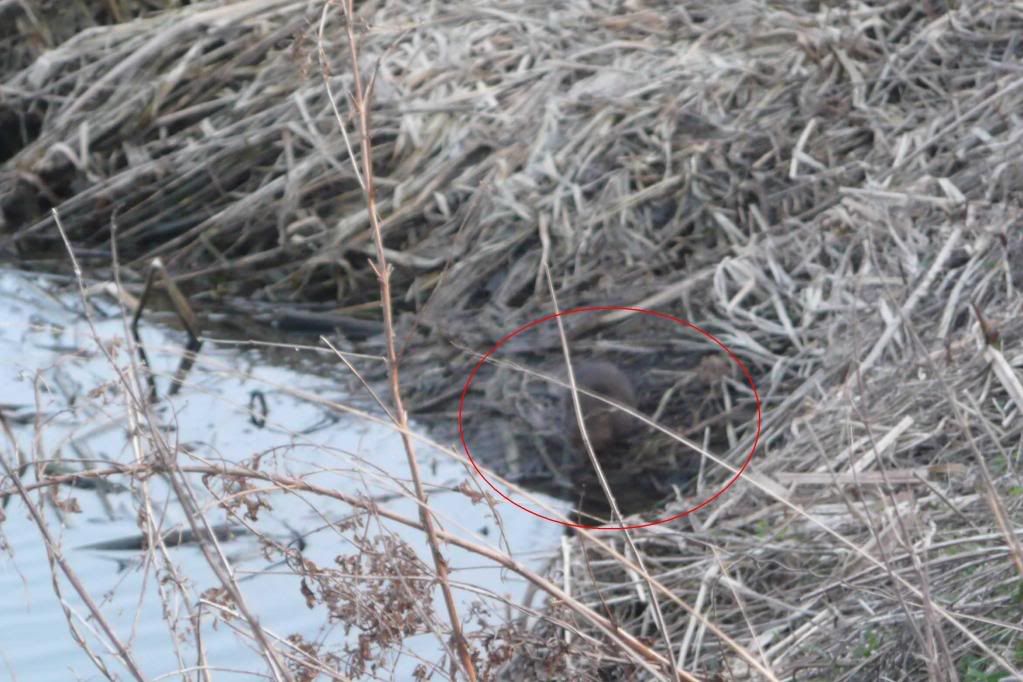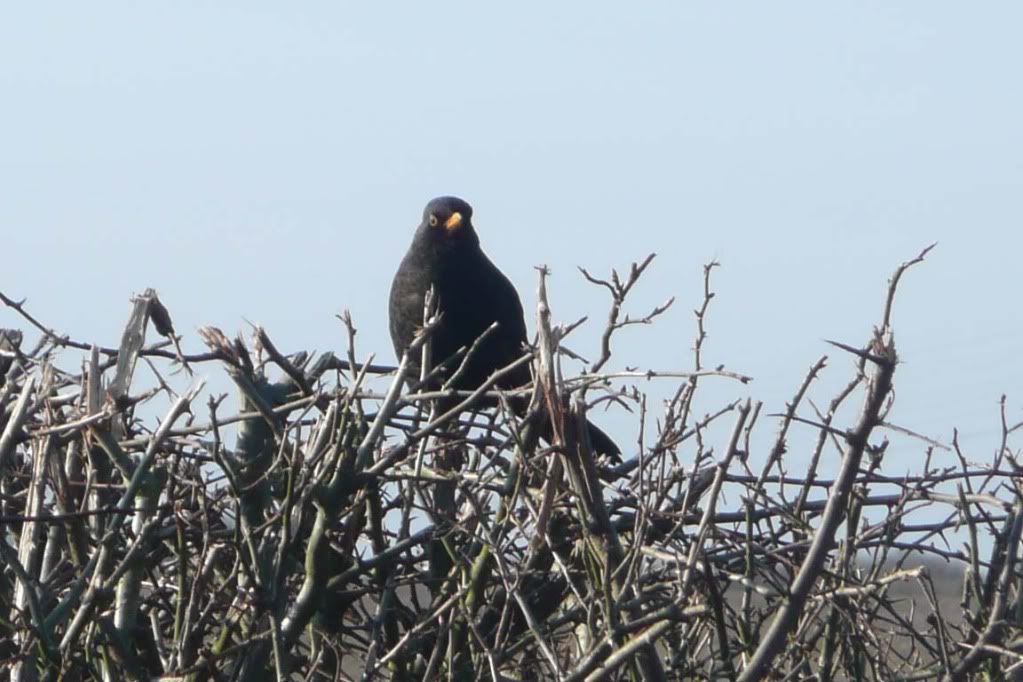About 2mm in size, a highly magnified picture (done via photo editing software) shows they look like very small baked beans.
Thanks to the Wild About Britain forum they have been identified as a ostracods, a small crustacean, of which there are an estimated 10,000 different species.
The defining feature of ostracods is the shell that covers most of the creatures body, form which limbs protude. A quick internet search shows ostracods are a very popular area of research - different species can be herbivores, parasitic and predators. Predatory ostracods can attack in groups, eating their prey alive.
But the ones in pond seem to be congregating by some algae, so it is a reasonable assumption that the pond snails are safe.
As it is a new pond, it is most likely they arrived on the legs on one of the several birds that drink and bathe in the pond.
Perhaps it's time to invest in a microscope.....



















